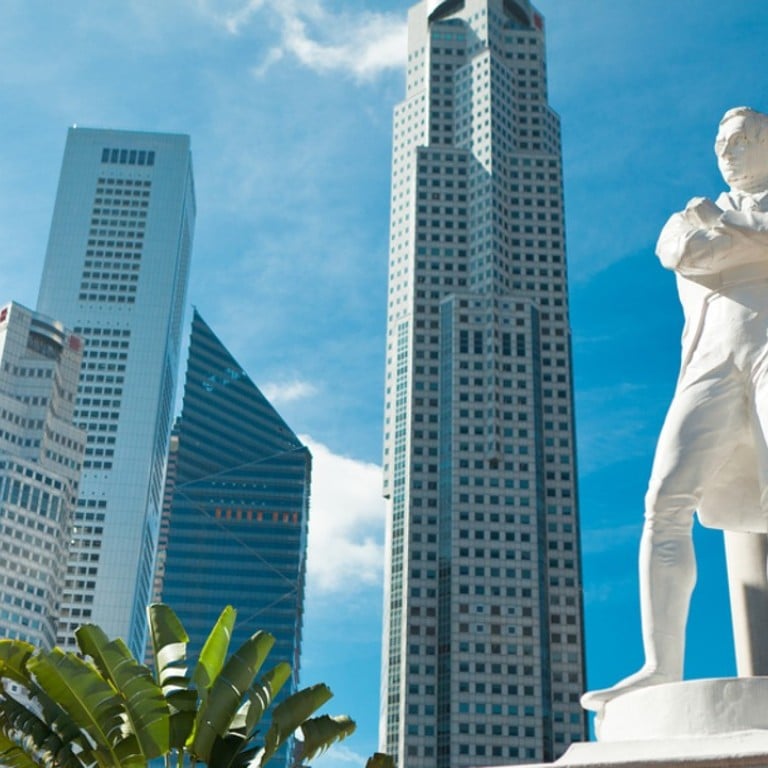
Review | Appealing but safe account of Singapore’s past and present ducks some hard questions
The BBC’s Nicholas Walton takes a walk across Singapore that allows him to paint an engaging picture of the city state, but when it comes to politics he pulls his punches
Singapore, Singapura
by Nicholas Walton
Hurst and Company
3 stars
Early next year Singapore will celebrate the bicentenary of Stamford Raffles’ arrival.
Raffles was an employee of the East India Company and in the early 19th century, as European colonial powers were carving up the world, he saw huge potential in this island between what is now Malaysia and Indonesia.
How British lives in India changed over 350 years of colonisation
Raffles spent only a few years in Singapore, but his foresight and vision are admired even today in the city state, whose stately hotel and financial district carry his name, and whose award-winning airline named its premier class after him. While most former colonies shun the names of their colonial masters and founders, Singapore reveres Raffles for placing it on the map.
But it was independent Singapore’s long-serving first prime minister, Lee Kuan Yew, after whom no monuments are built (in keeping with his wishes) who assembled a fine team of experts to make that Rafflesian vision a reality, as BBC journalist Nicholas Walton repeatedly reminds us in this lively account of the republic titled Singapore, Singapura: From Miracle to Complacency.

Walton is a British journalist who recently spent more than three years in Singapore, and writes engagingly about the country using an ingenuous trick: he decides to walk across the island over a day. Singapore is small enough to allow that. And in the process he relives Singapore’s past, revealing to the reader Singapore’s pre-colonial past to the post-Lee present, as the city state grapples with the challenge of being relevant in an increasingly polarised world.
If Raffles’ genius was to have figured out the role Singapore could play because of its strategic location, Lee’s acumen lay in understanding the crucial role a middleman could play. Lee understood that nobody owed Singapore a living, and given its small size and lack of resources, Singapore would have to play a crucial role to keep the wheels of global commerce moving.
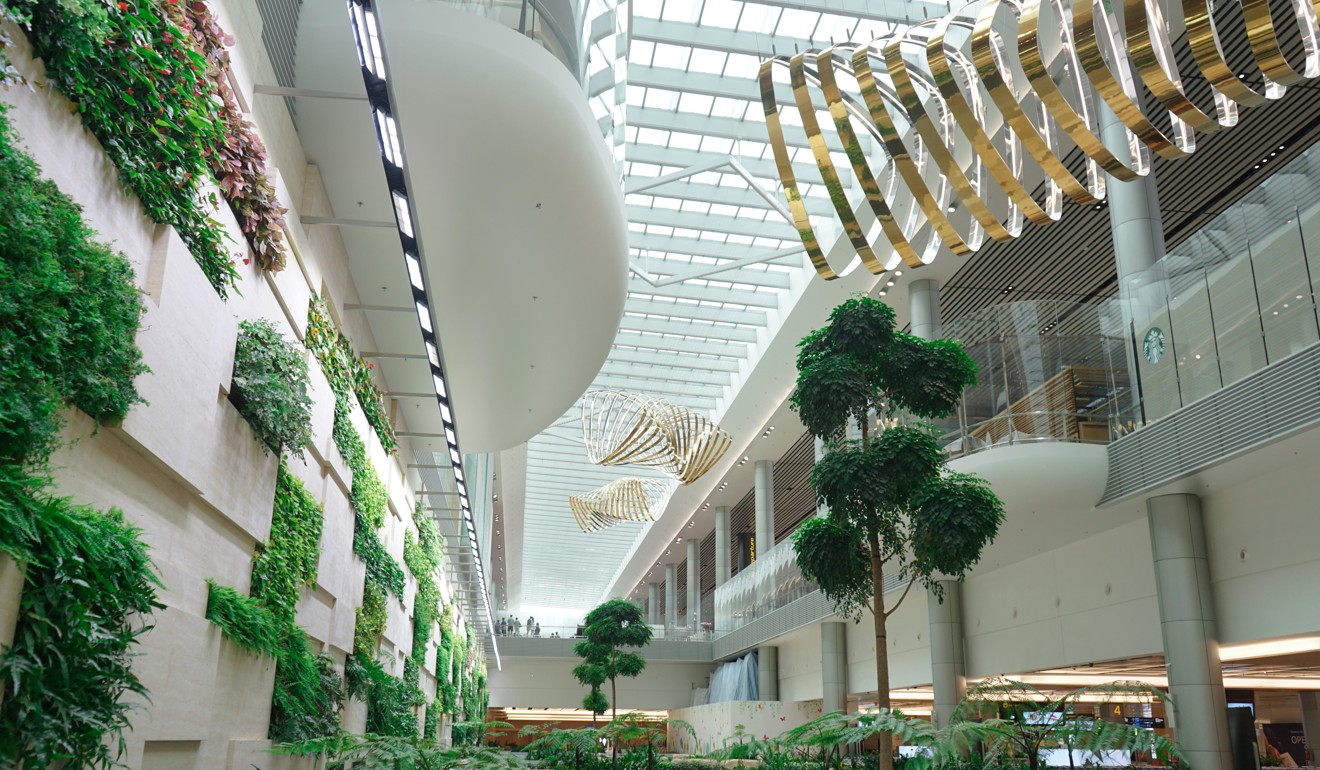
Once Malaysia kicked Singapore out of the Federation in 1965, and once Britain reduced its naval presence in the east in 1971, Lee realised he had little choice but to provide value-addition to international trade.
To do so, he turned to key advisers such as Goh Keng Swee and Albert Winsemius, to set up statutory boards to promote trade, invest in its port, build a first-rate international airport, allow foreign investors in at a time when most post-colonial societies were busy protecting their domestic economies, curb the radicalism of trade unions, build a squeaky-clean financial sector, and keep taxes competitive, so that business would feel at home.

Walton is impressed by those achievements and unabashedly describes them as miracles, marvelling at its public housing and infrastructure, and the wisdom in the three-pronged approach to keeping people content – accessible housing, cheap food at hawker centres, and efficient and affordable public transport.
But Walton also raises questions about possible complacency creeping in. Can a society remain content when the wealthy are growing more prosperous while the not so well-off struggle to maintain their living standards? Will there be a time when those eating at hawker centres also want to buy raspberries that sell at S$70 (US$50) a box? Would the 85 per cent of the population that lives in state-subsidised housing blocks stay satisfied with what they have, and not worry about upward mobility? And how long will Singapore continue to welcome migrant workers and expatriates, if it means more crowded subway trains?
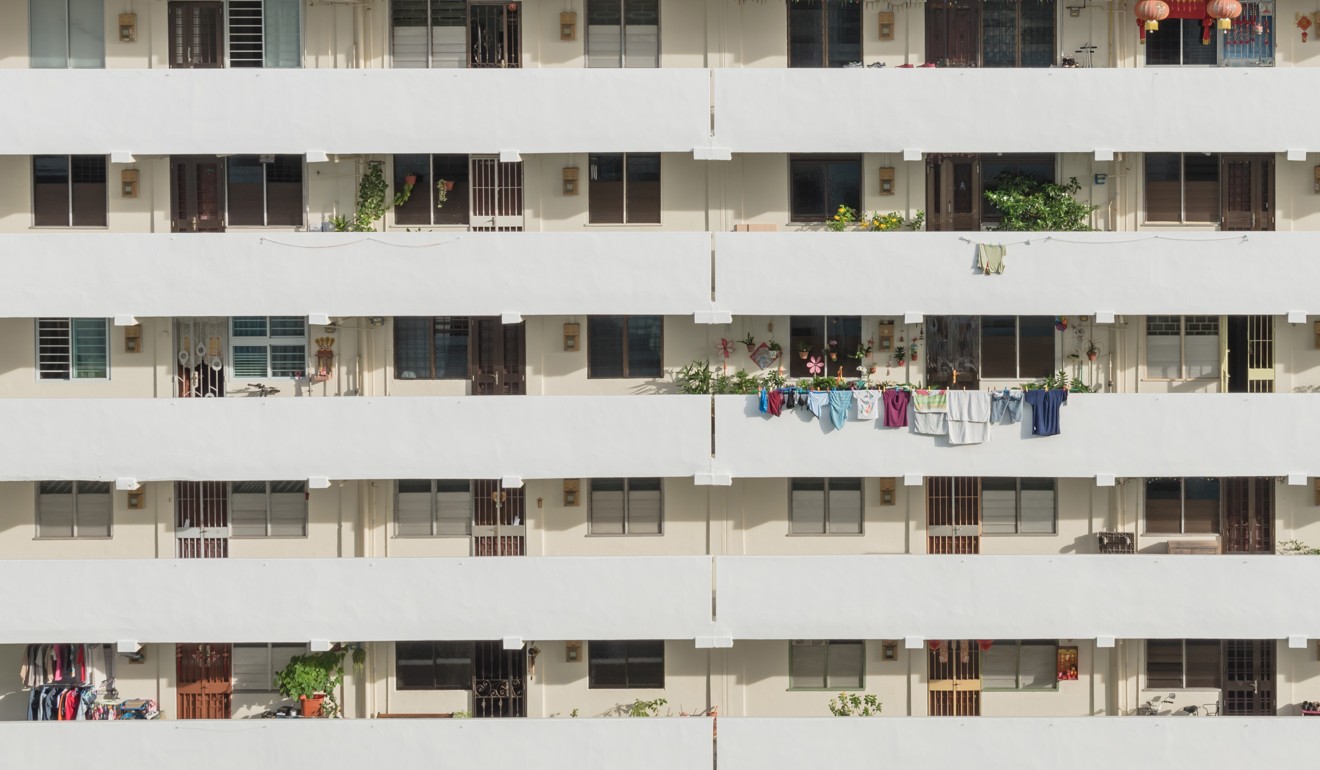
Walton explores these themes – important though they are – with a light touch and with a sense of humour, making judicious use of anecdotes which reveal the subterranean cracks in Singapore’s society. Concern over income inequality is not new, and the anger over the new rich from China goes back to a horrendous accident in 2012, involving a rich mainland Chinese man, Ma Chi, who drove his Ferrari at high speed and crashed into a taxi, killing the driver and a tourist.
Crazy Rich Asians author wanted in Singapore for dodging army
Concern over migrant workers goes back to an incident in 2013 in Little India, when a Tamil worker died in an accident, leading to the first urban unrest in Singapore in decades.
Walton takes his readers to the industrial estates of Jurong, the whimsical Chinese amusement park Haw Par Villa, in a fishing boat in the straits, on the border with Malaysia, in the homes where expatriates live, and offers a vivid portrait of the meticulous planning for which Singapore’s bureaucrats are so famous.
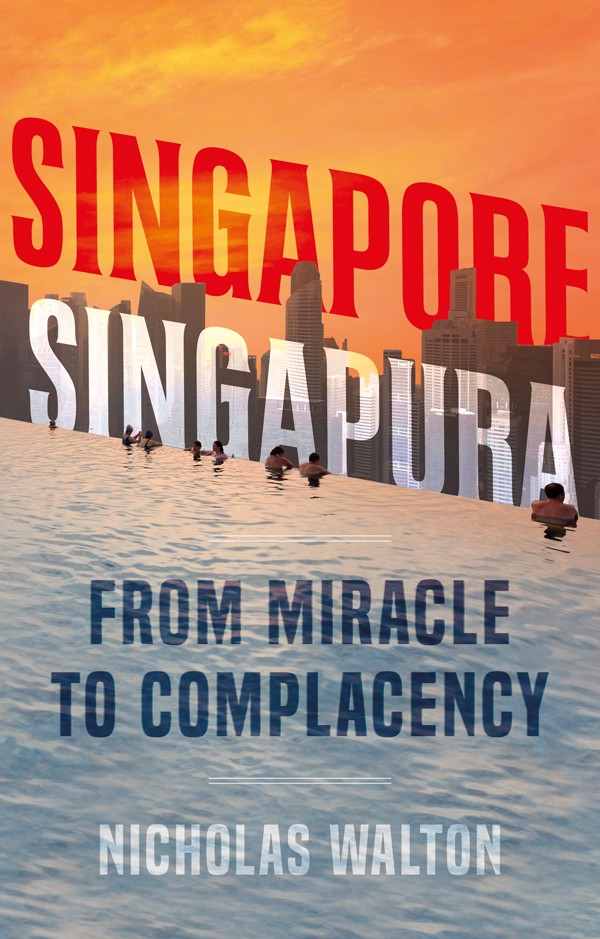
He also highlights Singapore’s obsession with rankings, praising Singapore’s educational achievements while lamenting the loss of childhood for Singapore’s schoolchildren. And he shows how a society which holds meritocracy as its sole yardstick nonetheless has failed to show innovation and entrepreneurial zeal.
That is not a difficult dilemma to understand, if Walton were to broaden the scope of his walk and explore the city state’s political undercurrents more thoroughly. But Walton avoids that, and so we learn that Singaporeans do not show initiative, but not that those who do show initiative by asking questions or challenging the prevailing government orthodoxy are shouted down.
To be fair, Walton does talk about two current controversies – how the National Arts Council asked artist Sonny Liew to return an award for his unconventional graphic novel about Singapore’s history. (Liew went on to win the Eisner award and the book is now a bestseller).
He also writes about academic Thum Ping Tjin questioning the official narrative of Singapore’s crackdown against left-leaning activists in the early 1960s. And he speaks about the ruling People’s Action Party’s share of the vote declining in 2011.
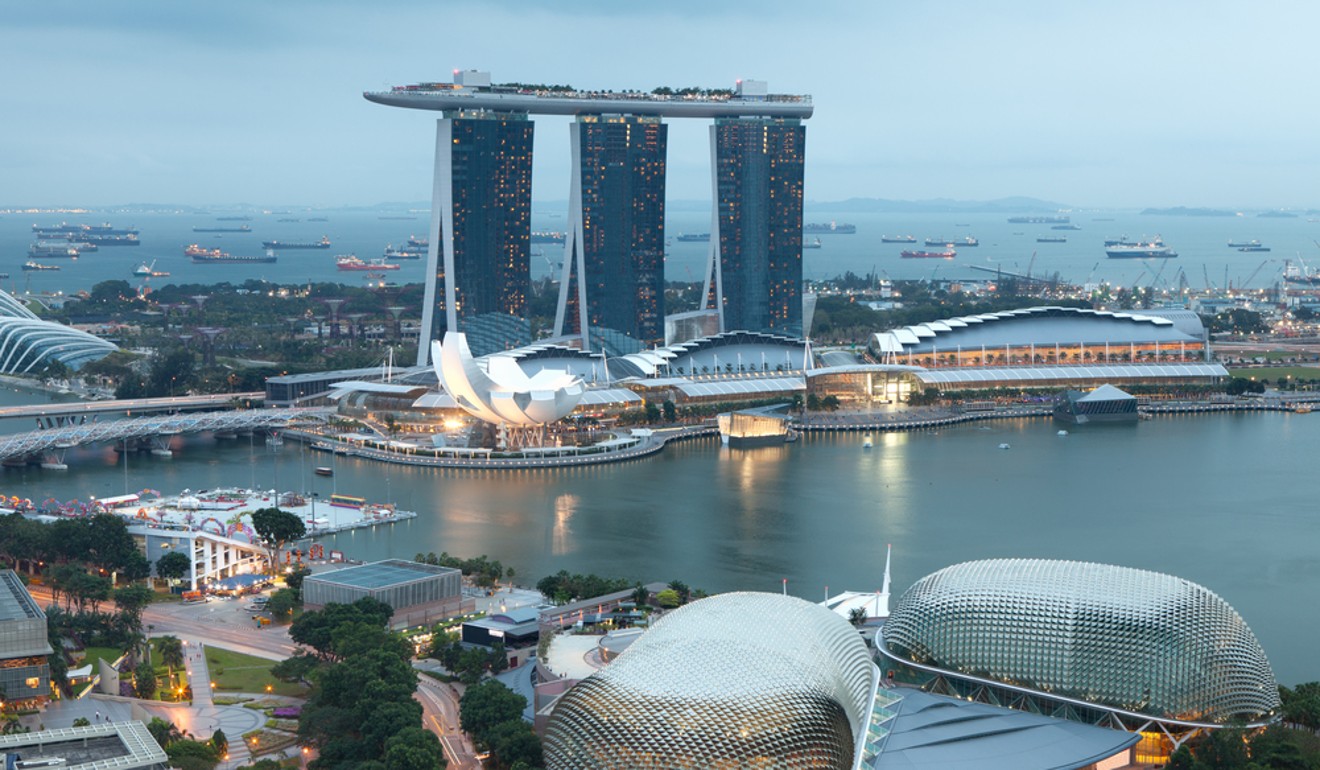
But to understand why Singapore faces its current predicament, it is necessary to address its politics, which requires conformity from voters who are expected to obediently cast votes in favour of the People’s Action Party (PAP), because the PAP has been so good for the country.
While the PAP has indeed been good for Singapore’s economy, its top-down approach appears increasingly at odds with a more informed citizenry and a more educated population. Its paternalistic model, where the government knows best, may not work in the longer run, but the government remains profoundly sceptical of hearing alternative voices unless they are willing to get co-opted.
Review: Unrest – worth the wait for Singapore literature prizewinner
Walton understands and identifies the problem, but seems reluctant to connect the dots for readers unfamiliar with Singapore’s political nuances, making his walk through Singapore’s past and present a pleasant and enjoyable account, but leaving the reader to draw their own conclusions.
In pulling his punches, Walton ends up writing a safe book about Singapore.
